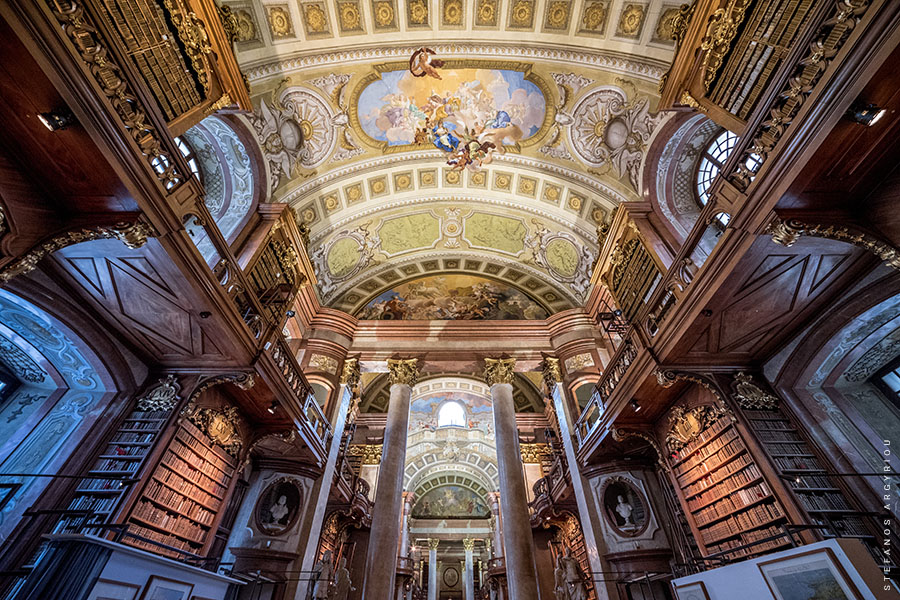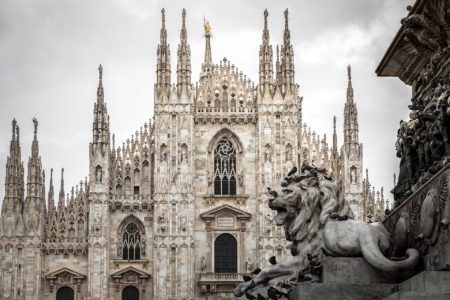WHAT TO SEE IN VIENNA: TOP 12 PLACES TO VISIT & PHOTOGRAPH
Thessaloniki Blog goes to Vienna... the city of imperial palaces, historic cafes, classical music and Christmas markets. Check out the top 12 attractions of the Austrian capital in a magical, snow-covered Vienna.
Last update: October 22 2022
Vienna is the capital and largest city of Austria, with a population of 1.9 million. It is the largest city along the Danube river and one of the most popular tourist destinations in Europe, especially during the Christmas season. For decades Vienna is on the lists of the top cities in the world for the quality of life they offer. In 2001, its historic center was declared a “World Heritage Site” by UNESCO.
The history of Vienna starts in 500 BC when a small Celtic settlement was formed in the area. In the 1st century BC, Vienna became part of the Roman Empire and served as a bulwark against the Germanic tribes of the North. In 1440 it became the seat of the Habsburg dynasty and the capital of the “Holy Roman Empire of the German Nation”. In the years that followed Vienna grew to be one of the most powerful cities in Europe and defined the limits of the Ottoman expansion to the West with its successful resistance to the sieges of 1529 and 1683. Between 1804-1867 Vienna was the capital of the Austrian Empire and between 1867-1918 the capital of the Austro-Hungarian Empire. It is to these last periods that it owes most of its elegance that is still reflected in its well-preserved palaces.
Vienna has a rich musical heritage and many famous classical composers such as Beethoven and Mozart lived there for many years. Many more important musicians were born or lived in the city such as Haydn, Schubert, Liszt, and Strauss I and II. Vienna was also the home of the founder of psychoanalysis Sigmund Freud, the philosopher Ludwig Wittgenstein, the painters Gustav Klimt and Egon Schiele, and empress Elisabeth of Austria, known as Princess Sissi.
1) Belvedere Palace (Schloss Belvedere)
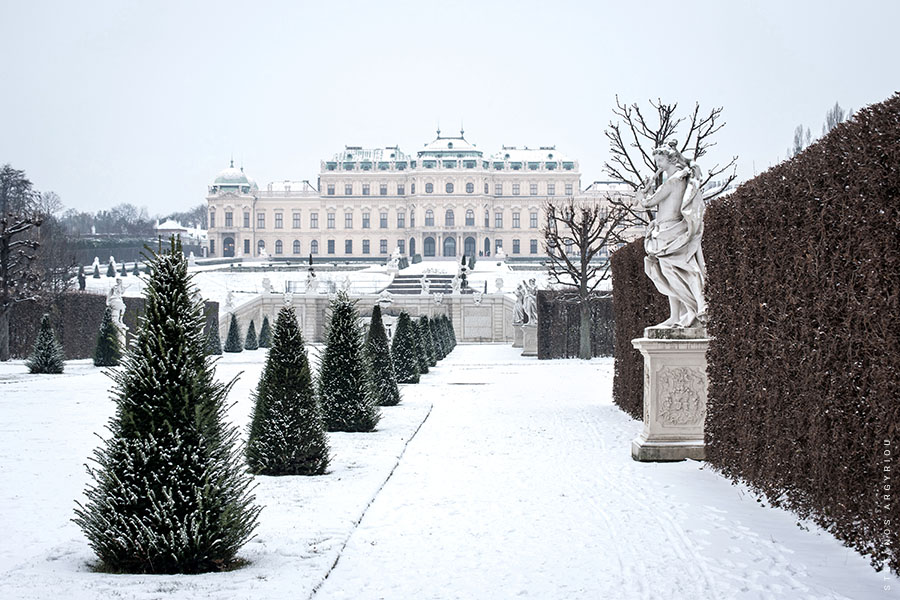
The Belvedere is an impressive Baroque palace in Vienna that was built between 1712 and 1723. It is divided into the Upper Belvedere (see photo) and the Lower Belvedere, and it was the summer residence of Prince Eugene of Savoy, a military leader of the Habsburgs, who stood out during the defense of Vienna against the Ottomans in 1683.
Today, the Belvedere palace is housing the Austrian Art Gallery. The Upper Belvedere hosts paintings of great artistic value from the Middle Ages to the modern era, while the Lower Belvedere hosts temporary exhibitions. The most renowned and world-famous painting in the gallery is “The Kiss” by the Austrian artist Gustav Klimt, one of the founders of the Viennese Sezession movement. In addition to the two main buildings of the Belvedere, the complex includes the former horse stables of the palace and the orangery (both part of the Lower Belvedere), as well as the beautiful French gardens between the two buildings (a perfect place for a visit both during spring, as well as winter when the first snow creates a fairytale setting). Access to the gardens is free.
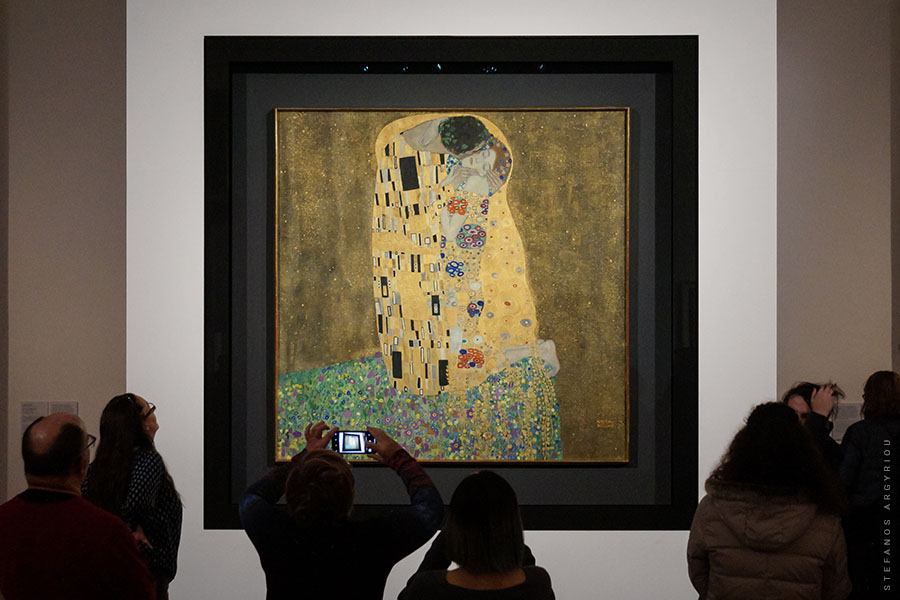
2) Hundertwasserhaus
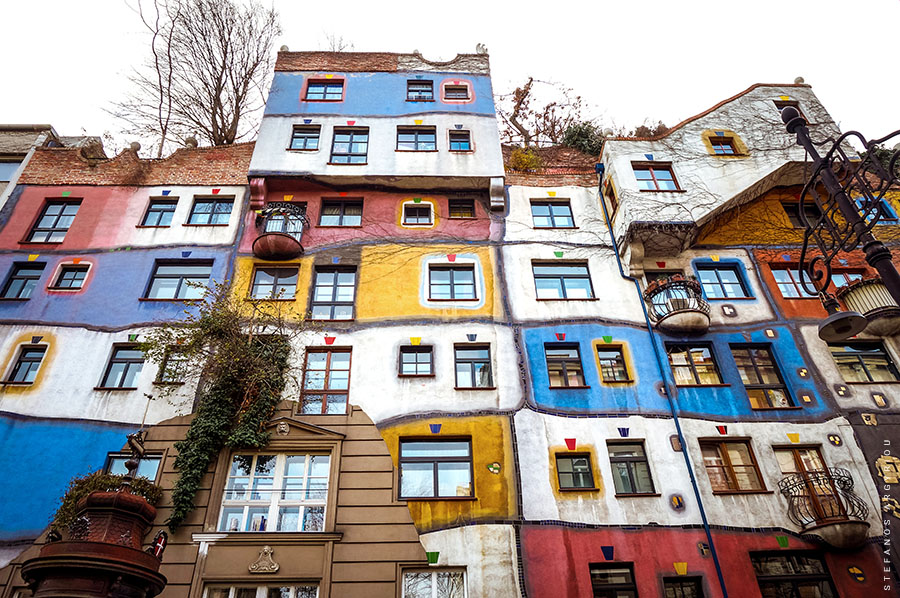
Hundertwasserhaus is an apartment complex with a unique architectural style that was built between 1983 and 1986 by the unconventional Austrian painter, sculptor, and architect Friedensreich Hundertwasser. It is one of the most emblematic buildings of post-imperial Vienna and one of its most recognizable and popular tourist attractions.
Hundertwasser’s aim was to create a building in harmony with man and nature in contrast to the strict lines, the lack of imagination, and the monotonous repetition of the modern buildings of the time. The surrounding area of the building was shaped with the same approach as well (with special urban equipment, curved lines, and even small hills instead of flat sidewalks), while later, between 1990-91, just across the apartments, the “Hundertwasser Village” was built (a multi-purpose space with shops and cafes).
3) St. Stephen's Cathedral (Stephansdom)
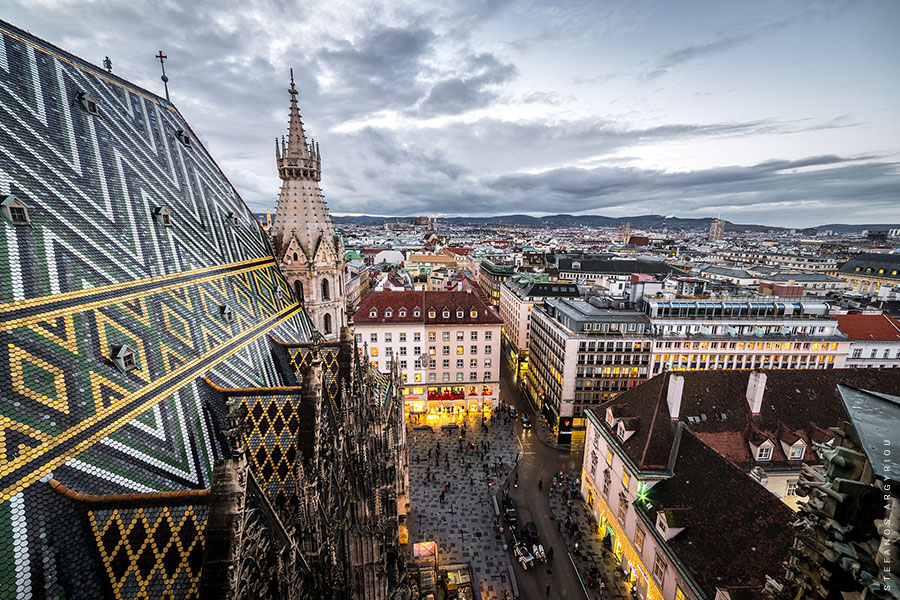
St. Stephen’s Cathedral (Stephansdom) is located in the heart of the historic center of Vienna and it is the mother church of the city. It is one of the most important monuments in Vienna and its main characteristic is the colorful mosaics on the rooftop, made of 230,000 polished ceramic tiles. On the south side of the roof there is a depiction of the double-headed eagle, the symbol of the Habsburg Dynasty, while on the north side, you can see the emblems of the City of Vienna and the Republic of Austria.
The Stephansdom was built on the site of two older churches (the foundations of the first were laid in 1137) and its architecture is a mixture of Romanesque and Gothic styles. On the south and the north side of the temple, there are two towers. The southern tower was built between 1368 and 1433 and it rises 136 meters above the ground offering a panoramic view of the historic center. On the other hand, the height of the northern tower, which was completed in 1578, is only 68 meters. Both towers are open to the public, however the northern one, although lower, offers a closer view of the ornate roof (see photo) and it is the only one, between the two, that can be accessed by a lift.
4) Schönbrunn Palace (Schloss Schönbrunn)
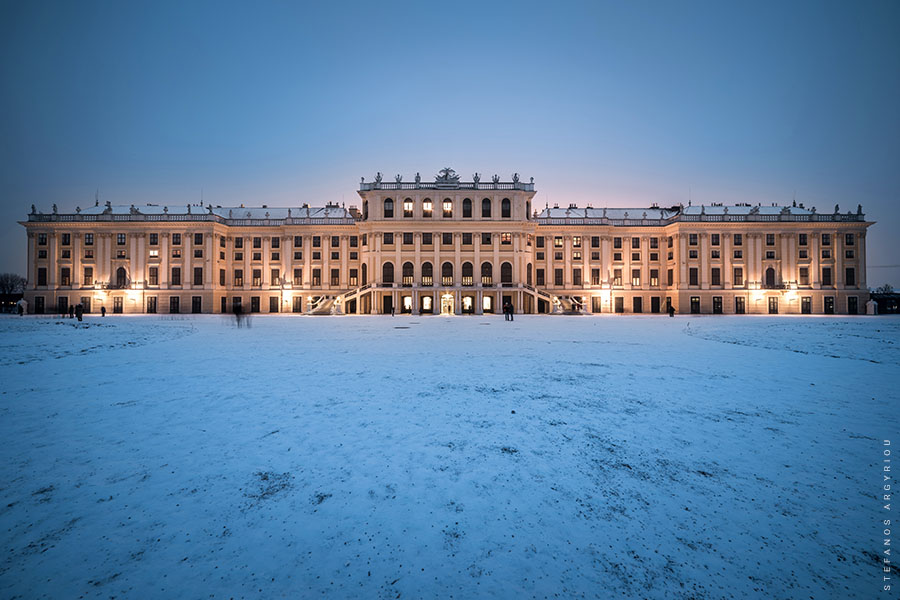
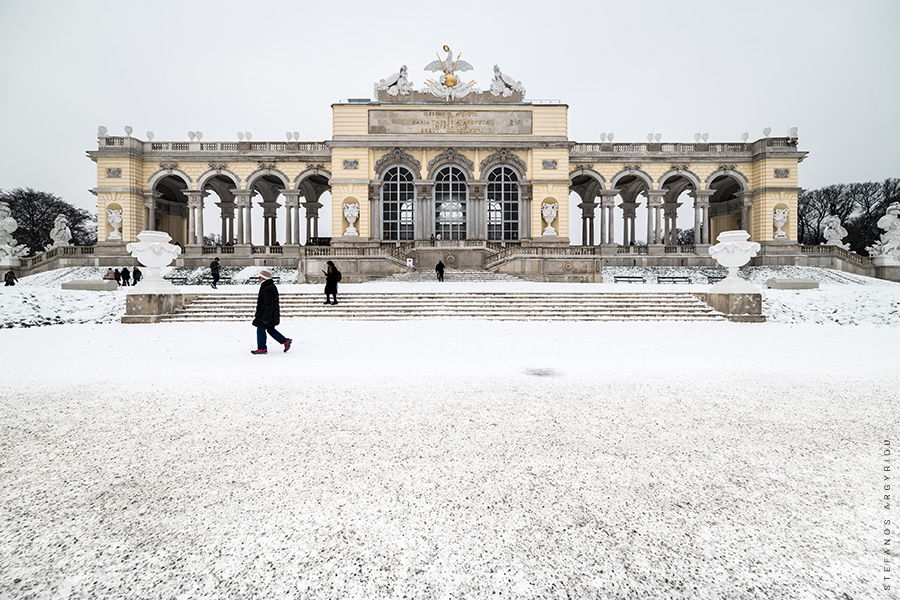
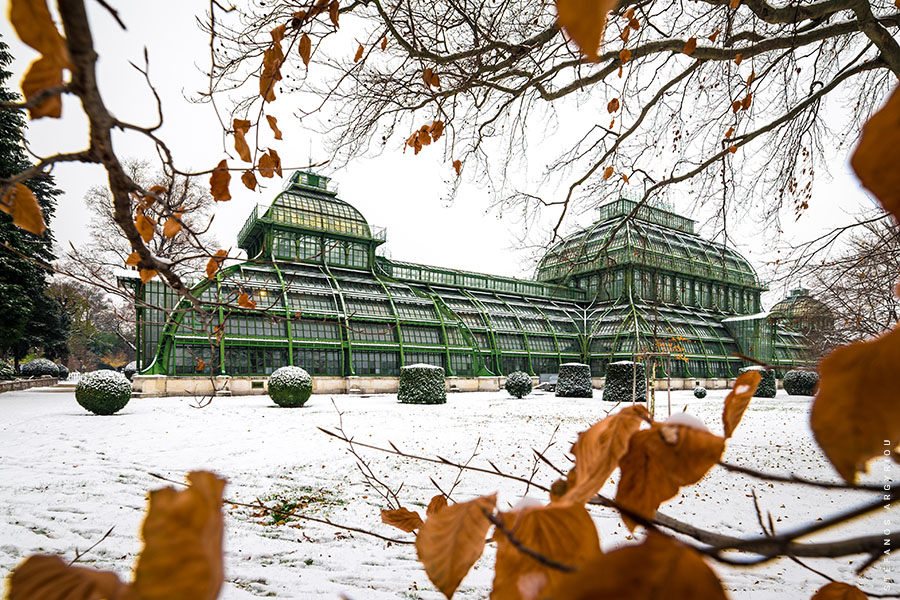
5) The Vienna Zoo (Tiergarten Schönbrunn)
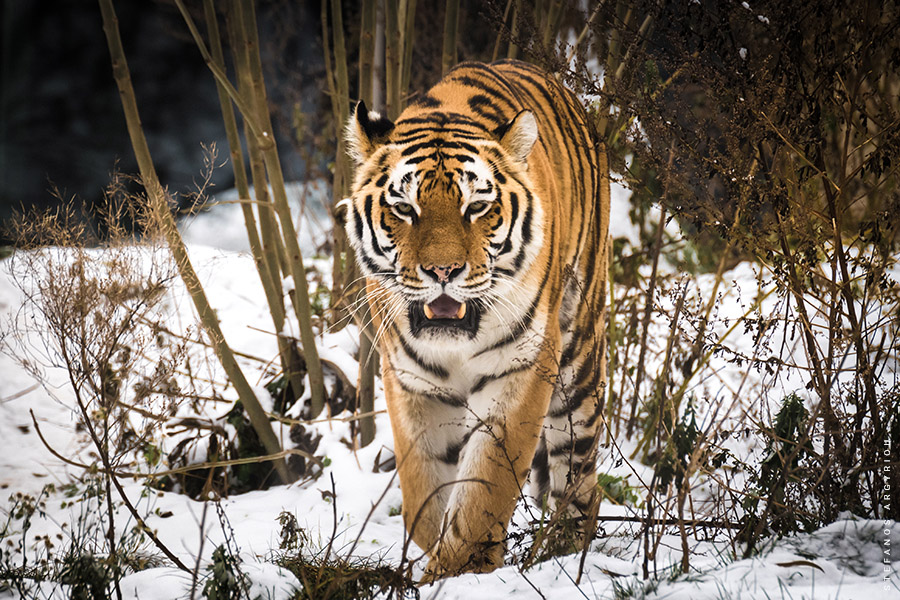
The Vienna Zoo (Tiergarten Schönbrunn) was founded by the Habsburgs in 1752 and is located in the gardens of Schönbrunn Palace. It is the oldest zoo in the world that still operates. Its facilities, which cover an area of 170 acres, host 8,000 animals of 700 different species, such as Polar Bears, the famous Giant Pandas, Tigers, Elephants, Leopards, Rhinos, Giraffes, Penguins, etc. Every year the Vienna Zoo welcomes more than 2 million visitors and is often awarded as the best zoo in Europe.
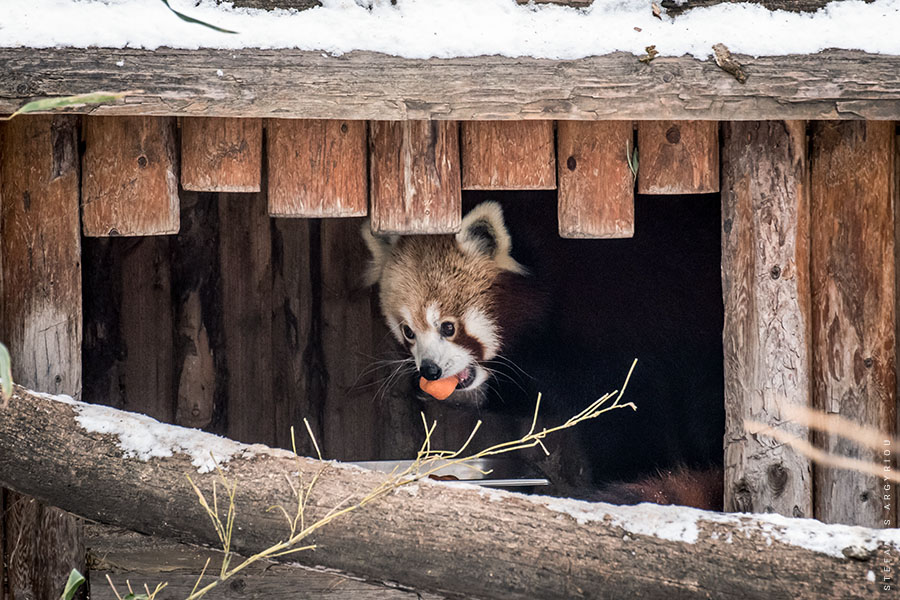
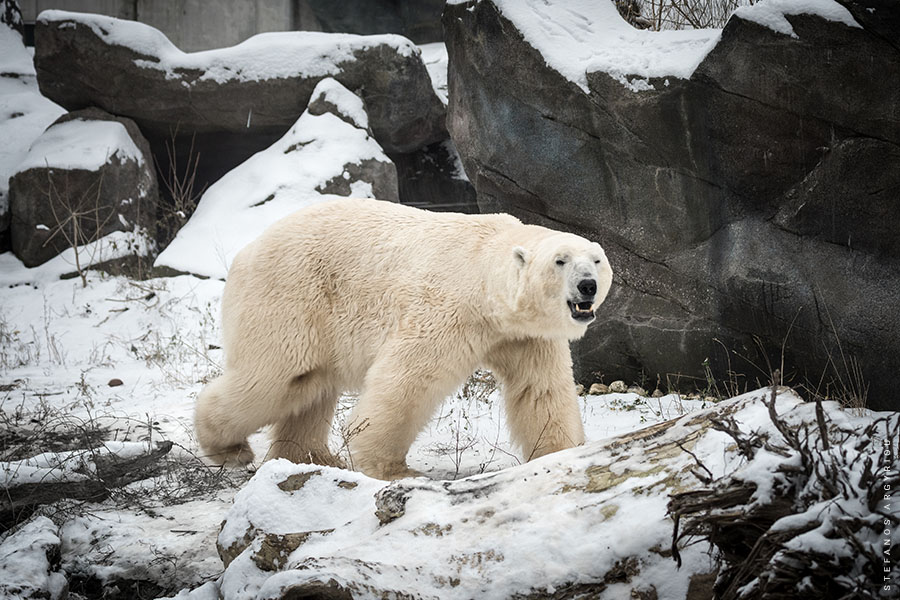
6) Vienna State Opera House (Wiener Staatsoper)
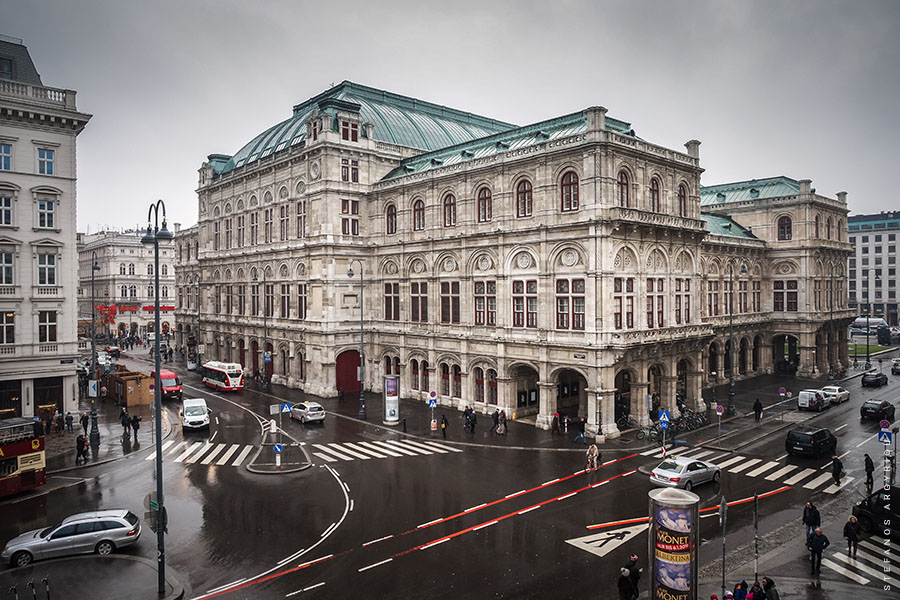
The Vienna State Opera House (Wiener Staatsoper) is housed in a Neo-Renaissance building, that was constructed between 1861 and 1869. It is the first large building that was constructed along the Ringstrasse, the famous street of the city that was built after the demolition of the city walls in the middle of the 19th century, becoming the new borderline of the historical center.
The opera was inaugurated under the name “Vienna Court Opera” in the presence of Emperor Francis Joseph I and Empress Elisabeth of Austria (Princess Sissi). The building also houses the Vienna State Ballet and hosts the famed annual Vienna Opera Ball during the carnival season. Its capacity is 1,709 seats.
To see the interior of the building, you can buy a ticket for an opera performance or take part in a guided tour during which you can learn lots of interesting facts about the history of the building, its architecture, and the operas that have been staged here. During the tour, you can also see up close the backstages, the auditorium, and more rooms of the opera. If you want to see a play without paying much, you can buy standing-room-only tickets (€13-€18) from the special ticket office at the southwest corner of the building. The ticket office opens about 80 minutes before the show starts and there is usually a long waiting line.
7) Hofburg Palace and the Imperial Treasury
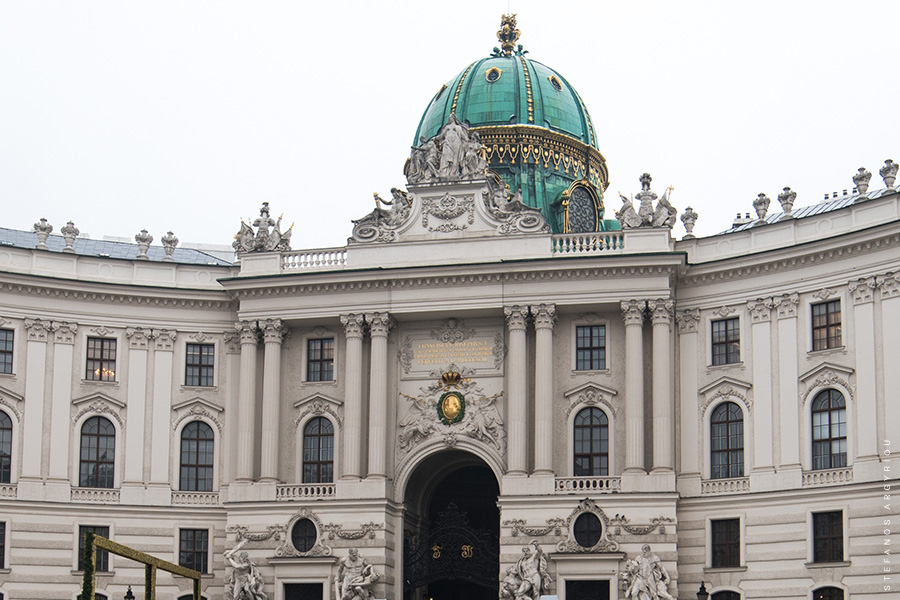
The Hofburg was the main palace and the imperial winter residence of the Habsburgs. Today it is the official residence and seat of the President of Austria. It is one of the largest palace complexes in the world, and its oldest parts are dated to the 13th century. Today, its premises include the Imperial Apartments, the Sissi Museum, the Imperial Silver Collection, the Spanish Riding School, the Albertina Museum, the Austrian National Library, and the Imperial Greenhouse (also known as Palmenhaus and Butterfly House).
Part of the palace is also the Imperial Treasury of Vienna, which is housed in the oldest part of the Hofburg (in the so-called “Schweizerhof”). It houses a collection of rare and valuable objects from the House of Habsburg and other imperial, secular, and religious treasures, such as the Imperial Crown of Austria, the Imperial Crown of the Holy Roman Empire, as well as the cradle of Napoleon II, son of Napoleon I Bonaparte and his second wife, Marie-Louise of Habsburg.
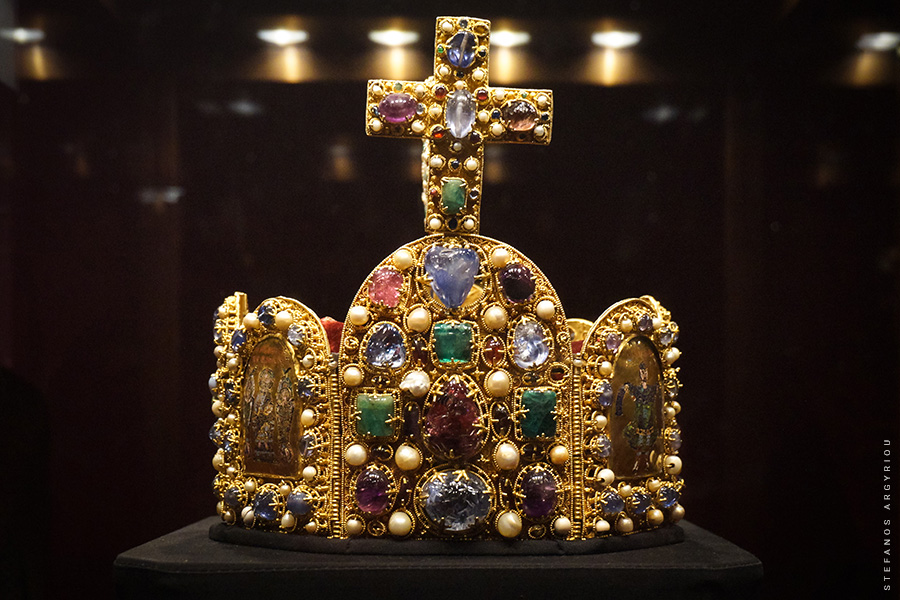
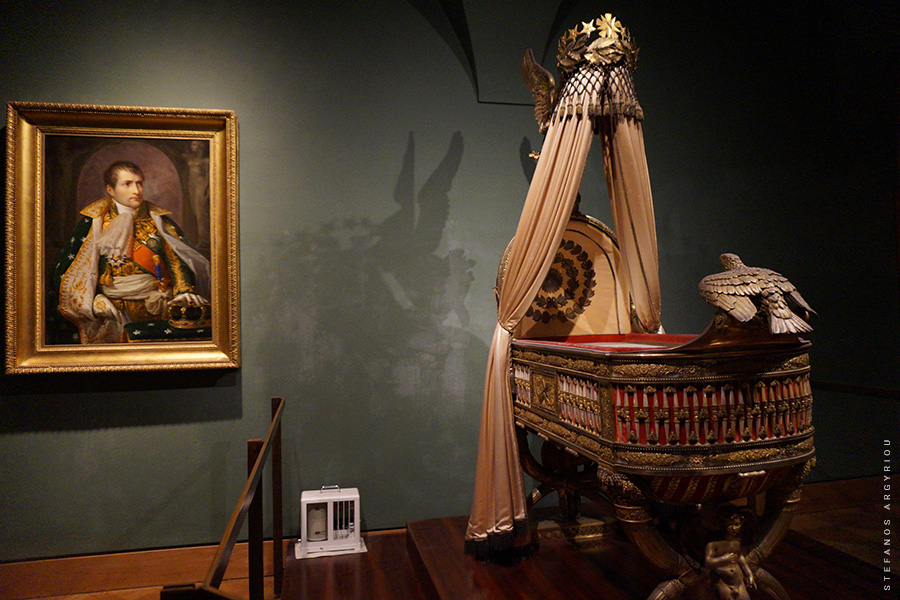
8) Griechenbeisl: The Oldest Restaurant in Vienna in the Greek Quarter of the City
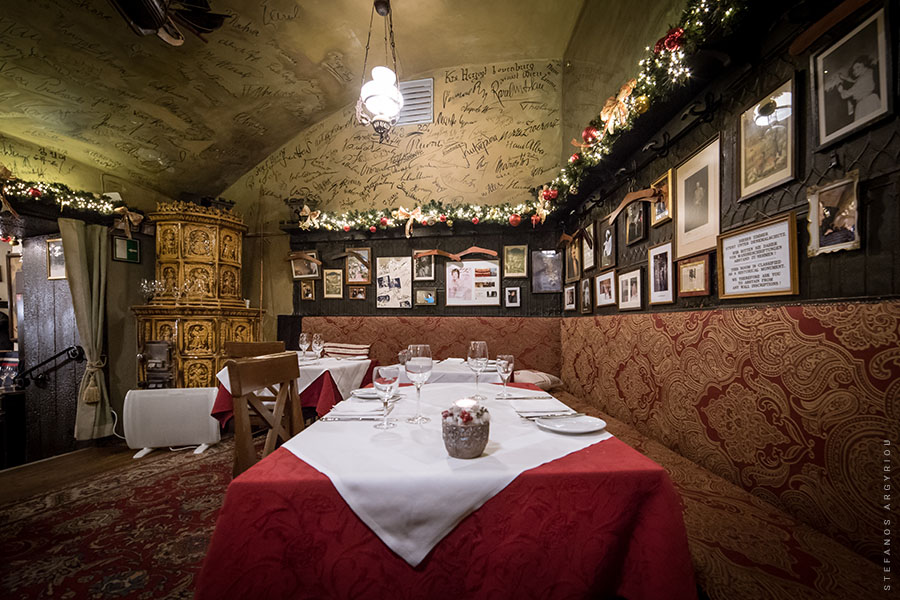
9) The Palace of Justice (Justizpalast)
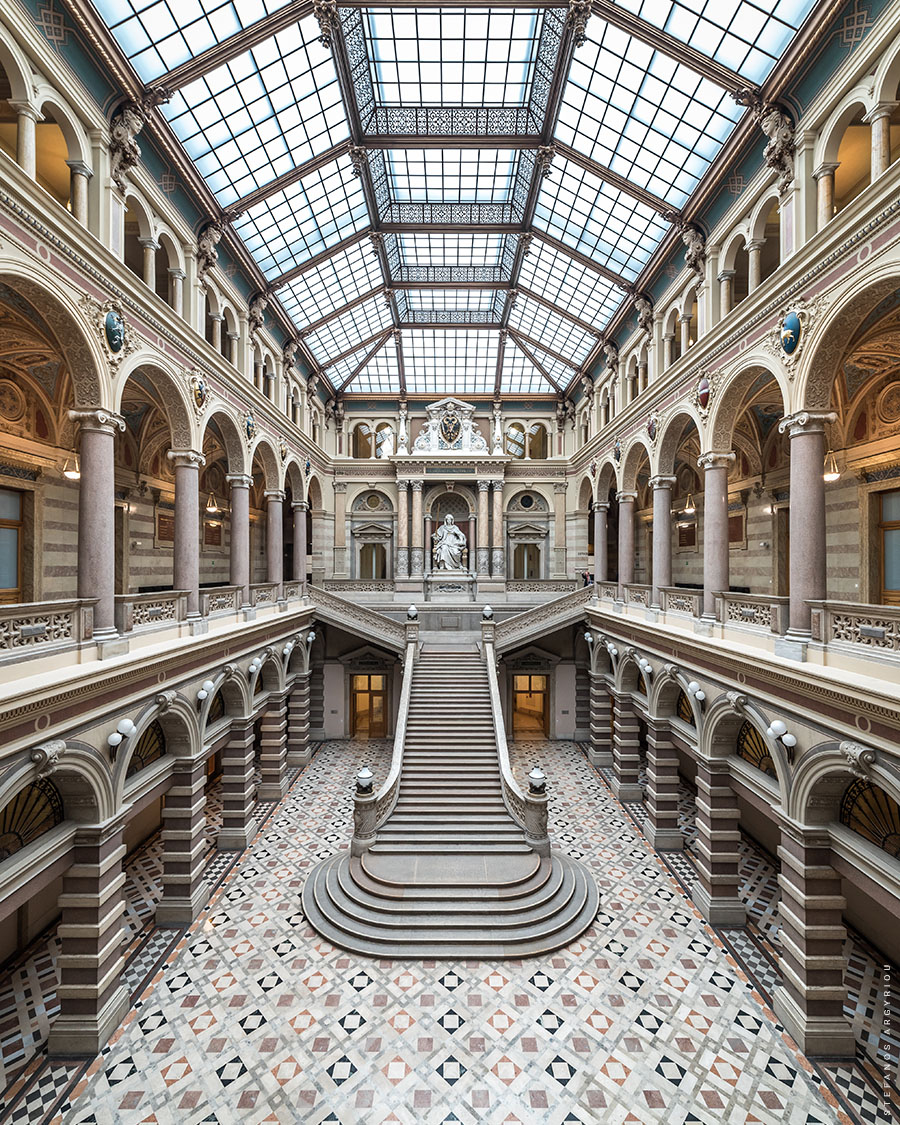
One of the most impressive places in Vienna, especially for those interested in architecture and photography, is the inner atrium of the Supreme Court of Austria, or as it is called, the “Palace of Justice” (Justizpalast). The Neo-Renaissance building was constructed between 1875 and 1881 and is located between the Austrian Parliament, the Natural History Museum, and the “People’s Garden” (Volksgarten). It is accessible from the Ringstrasse that surrounds the historic center of the city and is quite an interesting stop while exploring the area. On the rooftop of the building, there is a restaurant (the “canteen” of the courthouse) that offers a unique view of the city. To enter the building is free, however, you will have to pass through a security check and a metal detector.
10) The Christmas Markets of Vienna
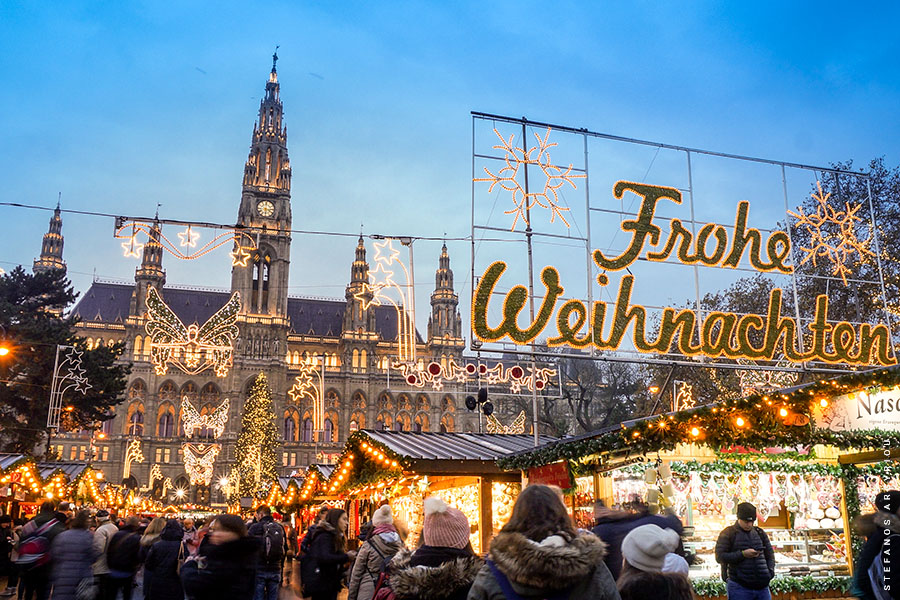
11) The Viennese Coffee Houses
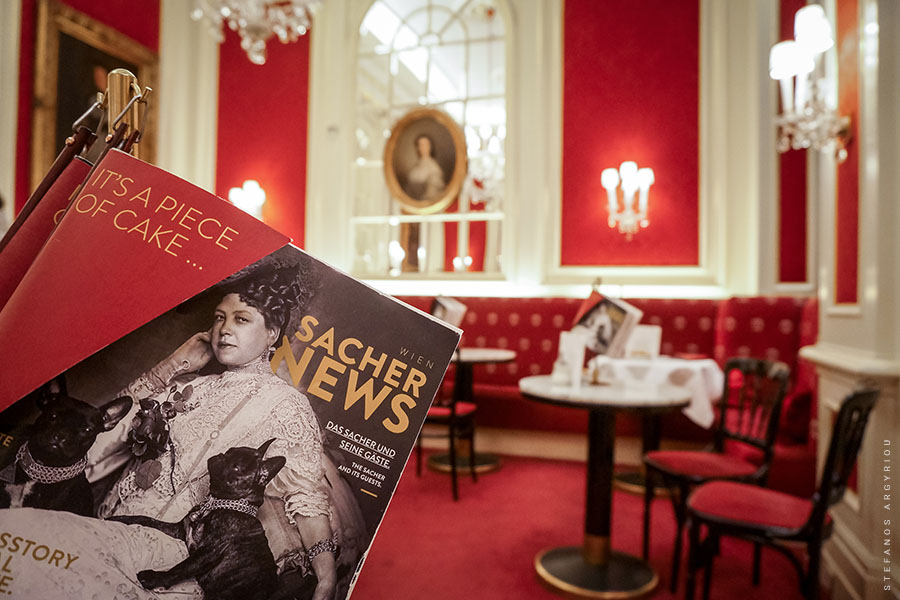
The Viennese Coffee Houses (Kaffeehauser) have been declared part of the city’s intangible cultural heritage by UNESCO since 2011. Although the coffee culture came to Vienna shortly after the second siege of the city by the Ottomans in 1683, this did not happen eventually because of the sacks of coffee beans that, according to legend, the Turks left behind. Today, it is considered that the first coffee house in Vienna opened two years after the siege (in 1685) by an Armenian businessman. Coffee culture was quickly adopted by the people of the city and Vienna became one of the first centers to spread coffee in Europe.
The most popular Kaffeehaus today is Café Central, operating since 1906 in the Ferstel Palace, a building of great neo-gothic architecture that was raised in 1876. It is most likely that whenever you visit Café Central, you will find a queue at its entrance since it is among the first choices of tourists. You may also find similar queues during rush hours at Café Sacher at the hotel with the same name, just across the Vienna State Opera, which has been operating since 1869. Café Sacher is famous for its luxurious interior, reminiscent of imperial apartments, and mostly for the popular Sachertorte, a type of chocolate cake, which was first made here. Other historic coffee houses of the city are Café Museum (popular among artists in a building designed by the significant Viennese architect Adolf Loos), Café Landtmann (where Sigmund Freud used to be frequent), as well as the Sperl, Mozart, Hawelka, and Schwarzenberg cafés.
12) Austrian National Library (Österreichische Nationalbibliothek)
